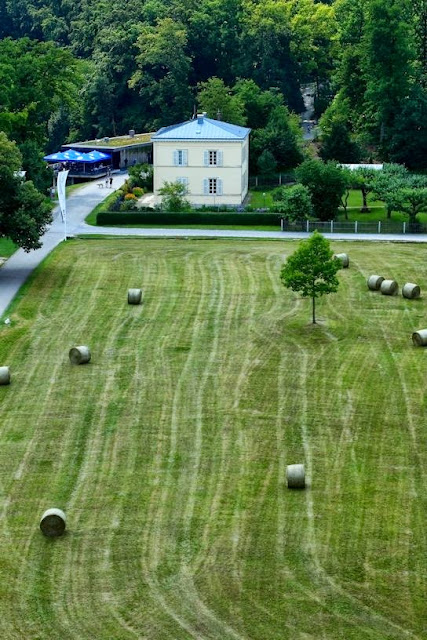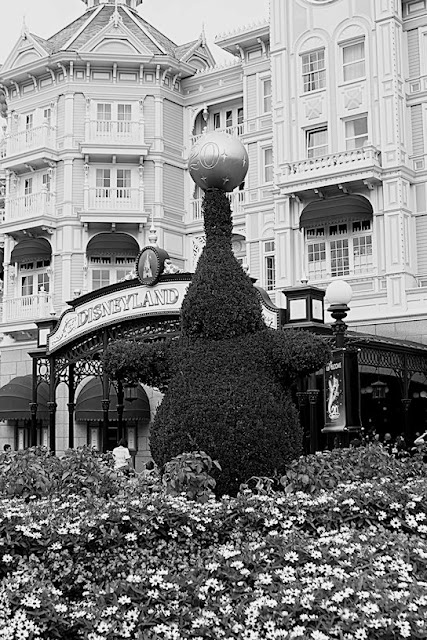Today we’re going to talk a little about light. Hohenfels and our surrounding areas are home to a wide variety of light, and lighting conditions. For most of us shooting outdoors, we’re using what most volks think of as natural light. Really, though, any light can be natural if properly incorporated into our vision.
Generally speaking, we think of daylight as our source of natural light. Natural light really is made up of several components. First, we have sunlight, which is just that, light from the sun. Sunlight is warmer than plain white light, although we don’t perceive it as such until we examine our photos. Then we have skylight, which light reflected from the sky itself. This light tends toward the blue end of the spectrum. We also light reflected from clouds, which is more neutral than skylight. The last part we’ll look at is light reflected from environmental objects, such as buildings. This light picks up the colors of the reflecting source.
We can generally count on most daylight running between 5000 and 5500 k in color temperature. Photographically speaking, daylight is standardized for most applications as 5500 K. We generally, though, think in terms of warm or cool light.
Having covered both the general color temperature and make up of daylight, we can move on to some thoughts when shooting in it.
When using daylight as our source, we want to consider more than its intensity and temperature. We also want to consider its direction, or its diffusion. Diffuse daylight makes for some wonderful portraits, having a lower contrast. With a little help from a reflector, some nice shadows can be formed. This allows for marvelous shape and depth to a face. Less diffuse lighting makes for some very nice landscapes and detail shots.
The lower the sun is in the sky, the warmer the light we see. This can add some nice effects to an evening shot, bringing some golden highlights into your scene. Even later, during the blue hour, the light becomes incredibly cool, almost a pure blue!
Natural light can be used indoors, as well. Using only an open window and a reflector, an amazing portrait can be made. It’s also great for product or detail shots, with a little planning. Another great use for natural light indoors is for architectural shots. Churches, ruins, palaces, and the like can be a source for great photos when you shoot with natural light, as evidenced by the photo below.

ISO 1600, f/3.5, 1/30
The Schlosskirche in Bayreuth. The only light inside the church was from the windows. Being large and reasonably open to the light, an adequate image could be made. Using only natural light, even indoors, can make for a sense of openess in almost any image if done right.
Well, that’s enough for today. Don’t forget that we're having a "Thanksgiving means..." feature. You can submit your photos on our Hohenfels Volks Facebook page, and we’ll get them posted here!
We want you to share your photos, especially of our place, with us on our Hohenfels Volks Facebook page. You can also e-mail questions, photos, or comments to HohenfelsVolks(at)tks-net.com, and we’ll get them posted!We also welcome any tips, tricks, and ideas. If you’d like to write an article about something photographic or some place of interest, we’d be happy to post it here!Of course, comments on both Facebook and here is always appreciated, too! Don't forget, we're on Google+, too!













